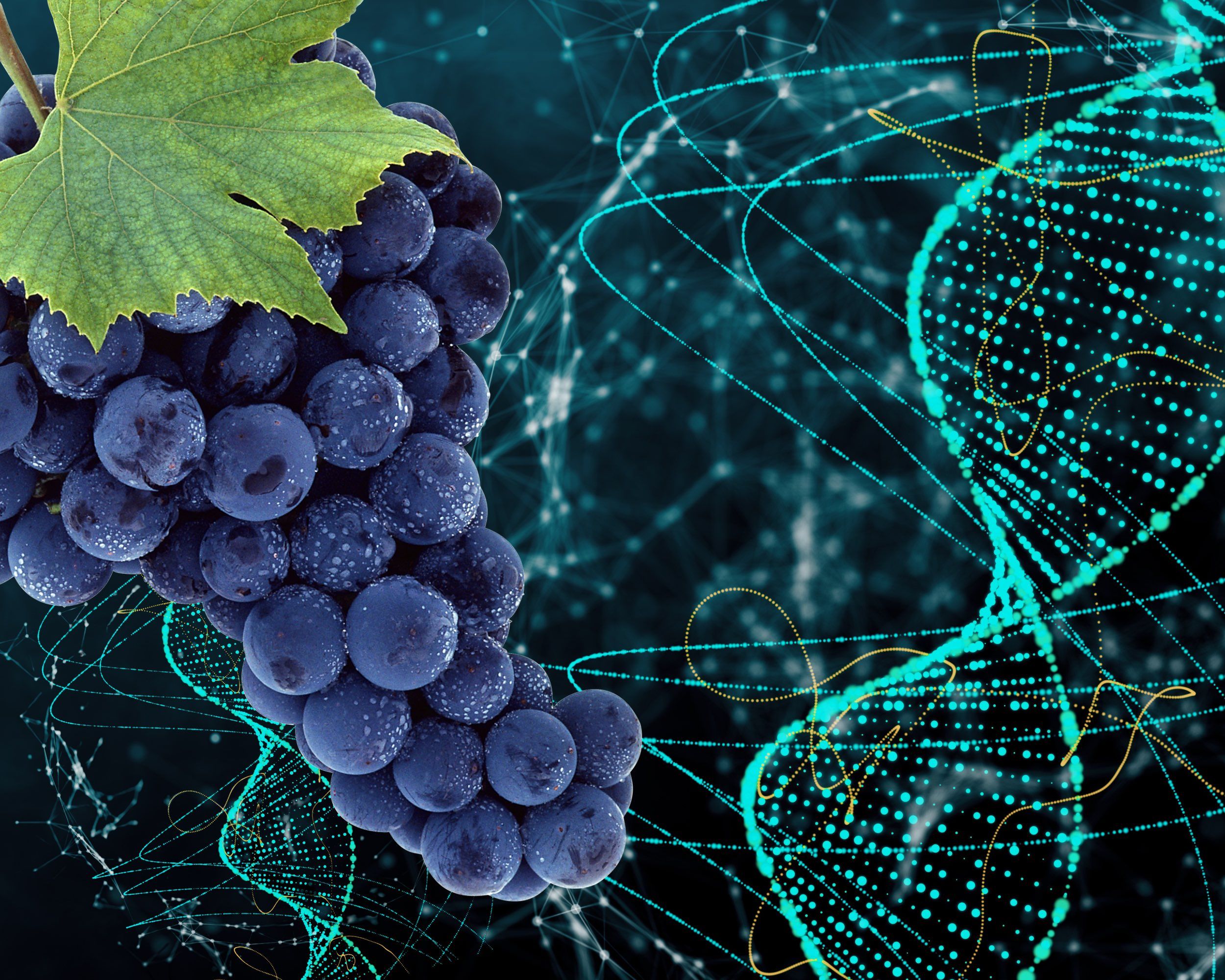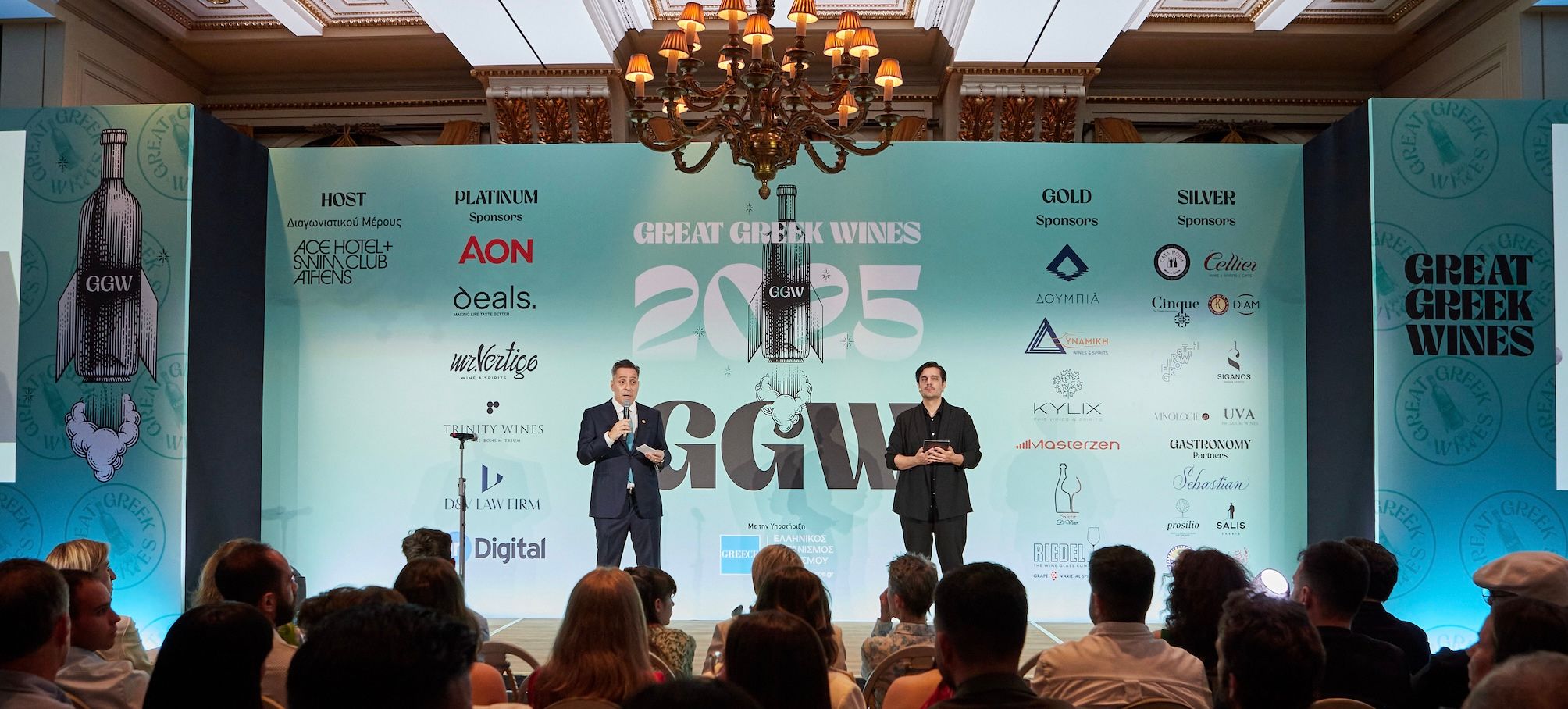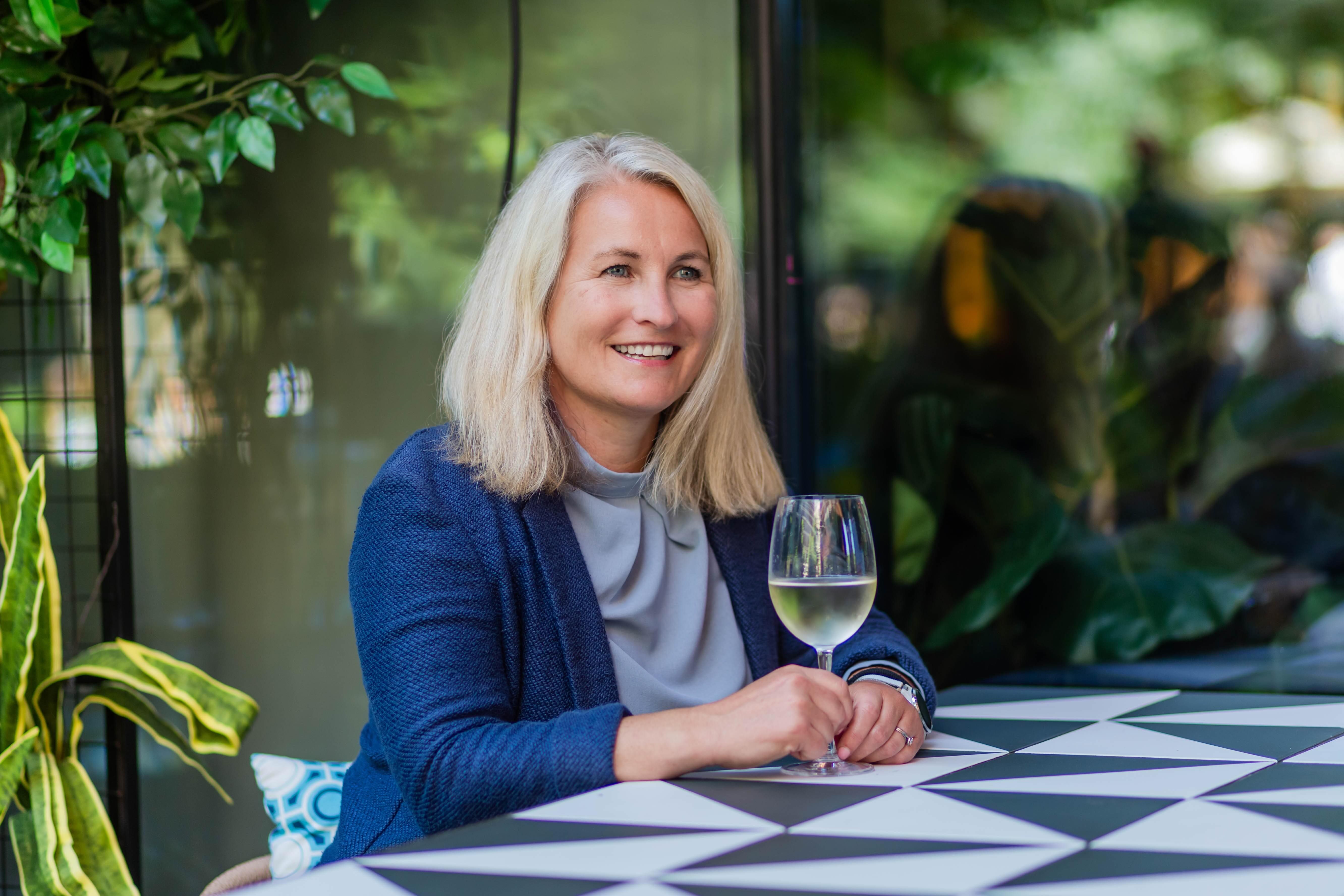The battle of the clones has been raging across the world for centuries, with each global wine region treasuring their specific collection, and each individual winemaker optimising their style via clonal choices, claims Leah Clearwater.
Clones are essentially the “X-Men” of the wine world, mutants of the Vitis Vinifera species. Each clone has a gene sequence which imparts uniquely sought-after qualities, or ‘superpowers’ in wine.They are generally named after their place of origin, a research field code, or a combination of both.
Originating from a special ‘mother vine’, clones are reproduced via nursery cuttings which are used to plant vineyards. No-one knows exactly how many clones exist, as natural genetic changes can occur spontaneously, and new clones are identified and released by universities every year. You will also find that each wine region has its own favourites due to the suitability of particular clones to the soils and climate of the area.
The Clonal Kings of Margaret River
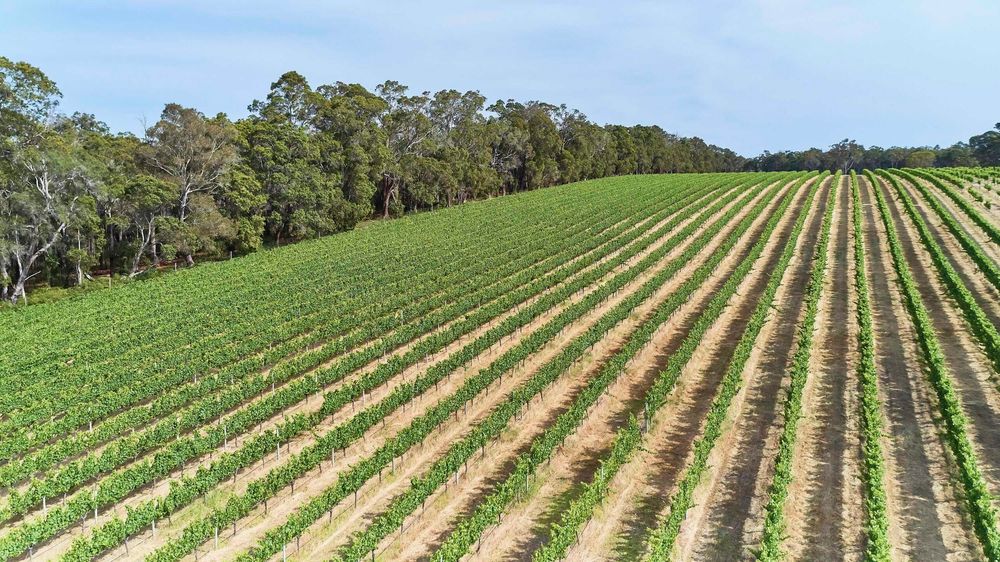
Flametree Wines vineyard uses Gingin clone for its Chardonnay
Despite the wide range of wines coming out of Margaret River, Chardonnay and Cabernet reign supreme as the flagship wines of the region, and receive the most acclaim internationally. Their status is firmly associated with two heritage clones; Gingin for Chardonnay and the Houghton selection for Cabernet.
The Gingin Jedi
Introduced into Western Australia in 1957, the first Gingin cuttings were sent to Australia by Professor Harold Olmo who originally imported the clone as a grapevine virus indicator. Introduced to Margaret River in 1975, Gingin quickly became recognised for its iconic quality attributes and low-yielding nature. Today, Gingin is the most widely planted clone in the region.
Gingin is the preferred clone of many winemakers due to a phenomenon colloquially referred to as ‘hen and chicken’ and technically termed ‘millerandage’. The poor ability of this clone to set fruit results in small, loose bunches made up of a mix of large (hen) and small (chicken) berries. This distinctive feature creates wines in which ripe fruit characters and rich acidity coincide.
Clone Wars – Chardonnay
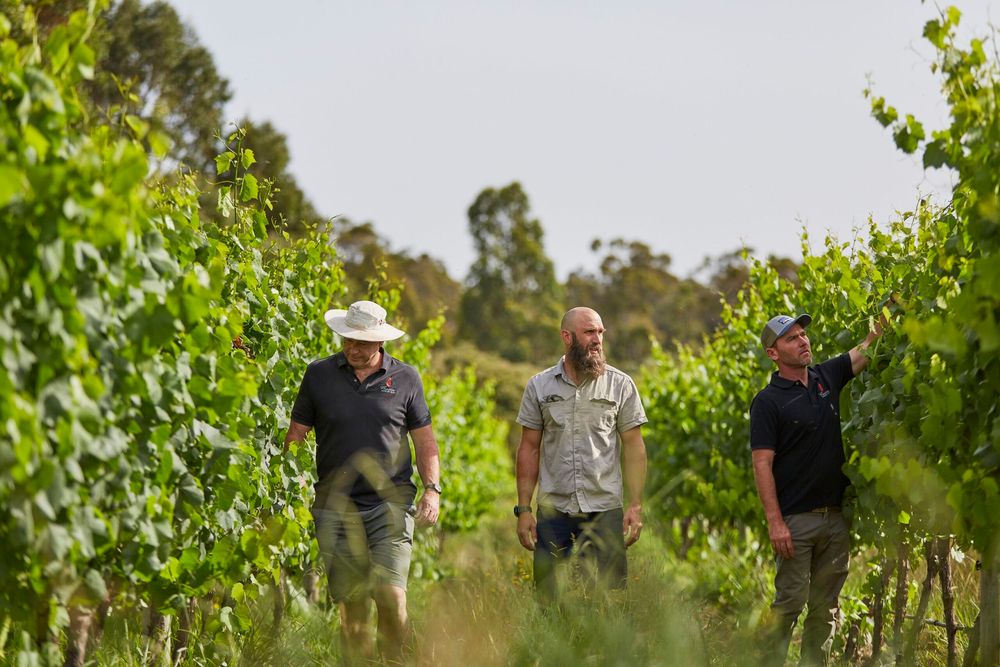
Flametree’s Cliff Royle believes the Gingin clone gives more concentration in the grapes
The main clonal players in ‘Battle Chardonnay’ are Gingin and the Dijon (Burgundian) clones 95 and 96. Although Gingin wins the war regarding percentage of vineyard area, the jury is out on which is the better clone, with winemaker preference being the greatest influence.
Cliff Royle, winemaker at Flametree Wines, prefers to use Gingin fruit to create his award-winning Chardonnays. He says: “Gingin is all about concentration, freshness, purity and acid. There’s plenty of flavour in the big berries and lots of acid and concentration in the little ones. I love the line of citrus, stone fruit and dried pear in the fruit profile and the naturally balanced juices we get to create wines from. This clone gives texture and complexity that no other clone can compete with”.
Dijon clone vines are higher yielding with more uniform bunches and entirely different acid and flavour attributes, which lean toward finer, more savoury and mineral elements in the wine.
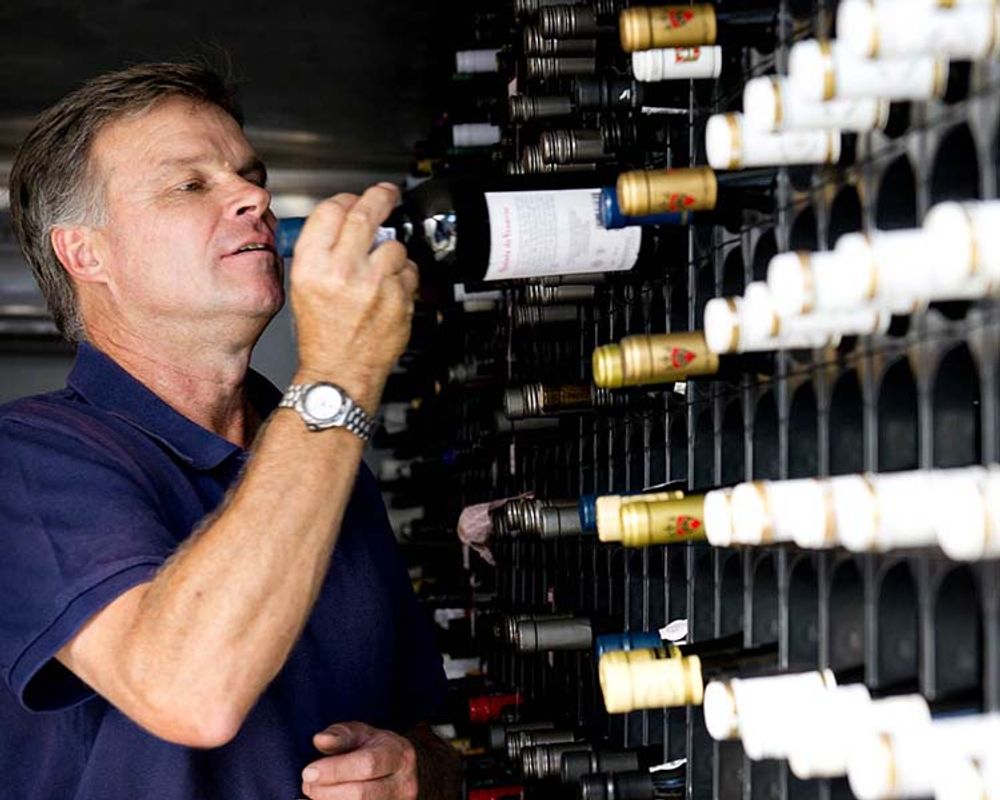
Stuart Pym at Flowstone Wines favours the Dijon Chardonnay clone
When Stuart Pym, owner and winemaker at Flowstone Wines, had the opportunity to compare Chardonnay clones, it was Dijon that won the day. He explains: “For me, it was clones 95 and 96 that really stood out. They offered lovely textures and flavours, but still an open nature to the palate that allowed further complexing elements. Not as focussed as Gingin, but more subtle and textural. So, for me, the Dijon clones 95 and 96 allow Chardonnay to be textural, elegant and complex. As such, my Chardonnay vineyards are planted to these clones, and the wines certainly demonstrate this.”
So, who wins this clone war? In the case of Margaret River Chardonnay, I think we’re all happy to declare a truce. The advantage of having two outstanding genetic players in the region is that winemakers can create a diversity of styles and are able to utilise the individual characteristics of each clone to craft complex and layered blends.
The Houghton Heroes
The history of Margaret River Cabernet Sauvignon is founded on vine cuttings loosely referred to as ‘Houghton clones’. No-one took much notice of these until the 1930’s when vignerons were prepared to overlook the low-yielding nature of the clone due to its outstanding quality. This is when Jack Mann, WA winemaking legend and founder of Houghton Wines, took cuttings from the old bush vines located throughout the Swan Valley near Perth and established the “Houghton Cabernet Block”. Cuttings from this block became the vineyard planting material for the pioneers of the Margaret River Wine Region.
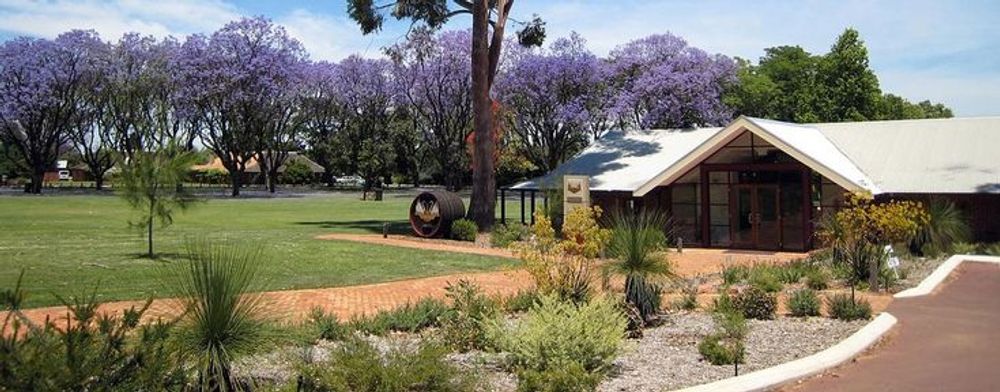
Houghton Wines helped establish the Houghton Cabernet Block
Many people mistakenly refer to a singular Houghton clone, when in fact there is a collection of different clones. Their commonality is found in that they were selected from the most superior vines in the original Houghton Cabernet Block.
Clone Wars – Cabernet Sauvignon
After an initial flurry of plantings in the early days of the Margaret River wine industry, the vines in the Houghton Cabernet Block were neglected from the mid 70’s through to the 1990’s. During this period all the focus was on the new kid on the block, clone SA-126 from South Australia. It is not clear why this clone flourished so greatly in comparison, as it is higher yielding and tends to produce lighter, more tannic wines.
So, who is the winner here? Vasse Felix winemaker Virgina Willcock, says: “Houghton Selection appears to be synonymous with a Margaret River Cabernet style. It is our heritage clonal material, and it imparts beautiful succulence and transparency, allowing the regional characters of forest, ocean and red gravel to show through in the wine. Clones from this selection offer lightness and freshness of red fruit and a fine tannin profile, bringing an amazing balance to the wine in a savoury context. We find Houghton clone wines have less tomato leaf character than SA126 and have greater ability to retain elegance and finesse while still holding the power of great Cabernet”.
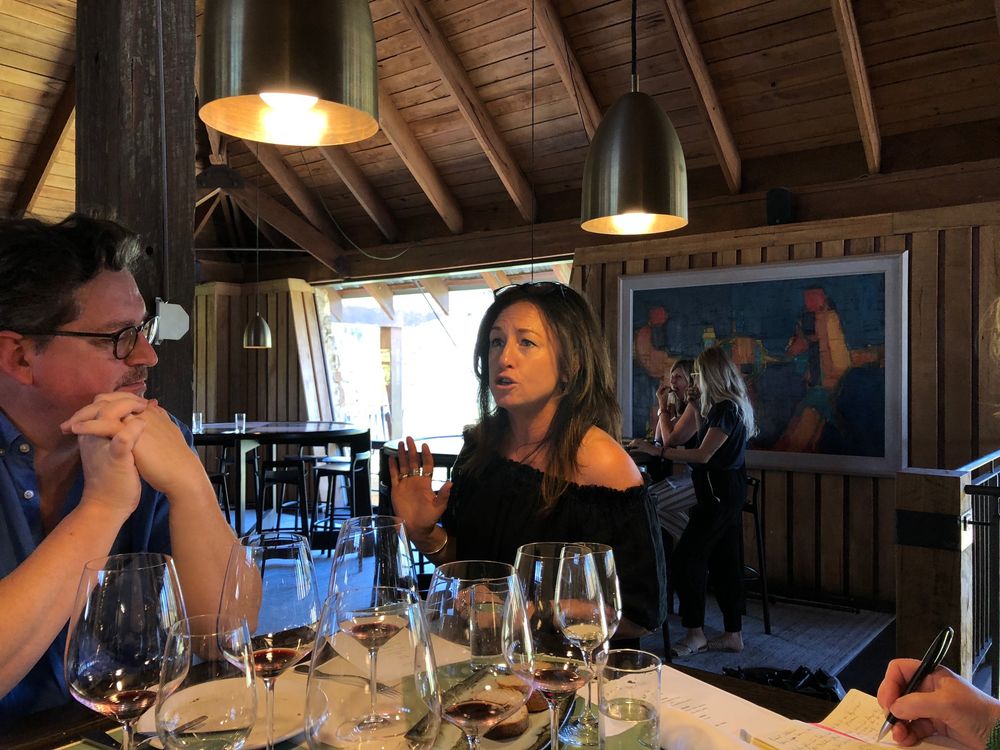
Virginia Willcock at Vasse Felix is a big believer in what she calls the region’s “heritage clonal material”
Keith Mugford of Moss Wood sees the merits of both clones while acknowledging the specific requirements for getting things right with SA-126.
He says: “The Houghton clones produce fruit aromas in the blue and black spectrum, giving a nose with blueberries and mulberries, combining with lifted almost floral scents like violets and roses but retaining the complex background of cedar and tar. Houghton clone wines are quite different to those made with SA-126. The Houghton clones have a more rounded tannin structure and give a generally softer “feel”, while SA-126 has more concentrated, drying tannins and needs to be picked riper to achieve good balance”.
Although both sets of clones can create Cabernets of distinction, regional tastings held over the years have established a clear preference for the lower-yielding vines from the Houghton clonal selection. Further validation has been achieved through clonal trials and research projects comparing the vine and wine characteristics of numerous Cabernet clones, where the ‘Houghton Heroes’ prevail every time.
A Universe Unfolds
The battle of the clones has been raging across the world for centuries now, with each global wine region treasuring their specific collection, and each individual winemaker optimizing their style via clonal choices.
At just 54 years old, the Margaret River Wine Region has a comparatively small library of clones at its disposal and is very young by international standards. Yet, in a very short period it has established itself as a serious star in the universe of wine and much of this can be credited to the X-Men at play.
- This article has been produced as part of the ‘New Voices’ wine content development program run by WA Wines to the World and partnered with The Buyer.
